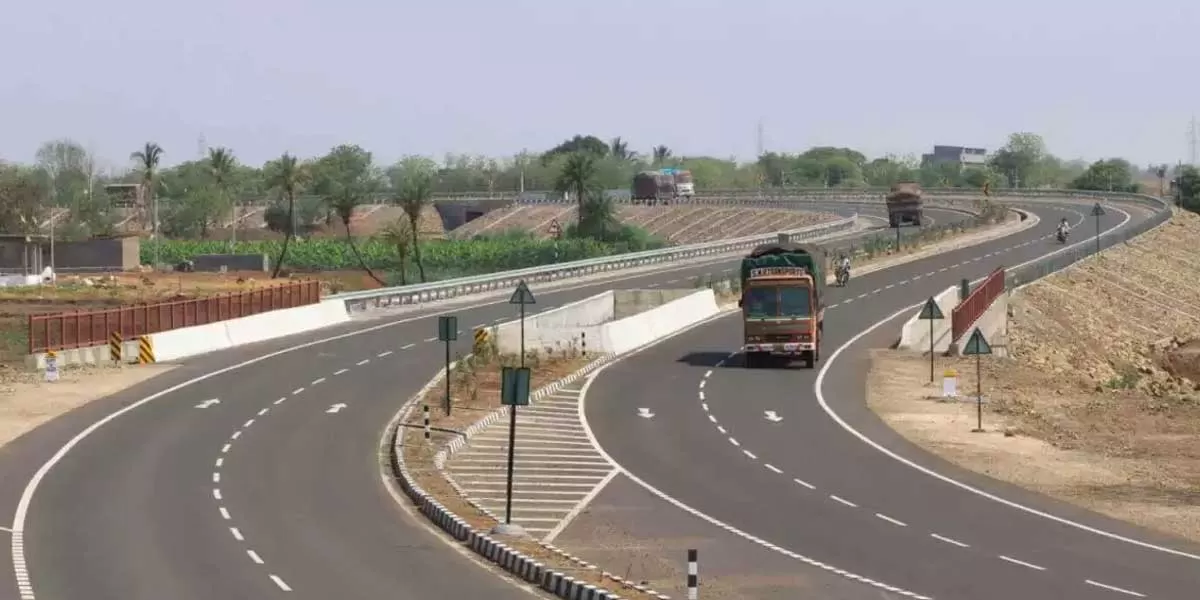It was conveyed by the Ministry of Road Transport and Highways (MORTH) that project implementing units of various agencies, including the National Highways Authority of India (NHAI), Border Roads Organisation (BRO), and National Highways and Infrastructure Development Corporation Ltd (NHIDCL), were instructed to indicate their jurisdiction on a dashboard.
The primary goal of this standard operating procedure (SOP) was to facilitate GIS-based data collection for all National Highways in India under the MoRTH. As per a memorandum from the MoRTH office, the SOP aimed to clearly delineate the responsibility area for each National Highway, employ a GIS-based mapping system via the media portal to define networks and visualise data, implement a verification process by the administrative team to ensure data accuracy and reliability, and utilize the collected data for various communication purposes pertaining to the highway system.
Furthermore, the SOP was anticipated to enhance transparency by furnishing accurate and current information, while also improving communication flow through the establishment of a standardised data collection process.
Given the objective of ramping up highway construction to 50 km per day, the utilization of geographic information system (GIS) technology was expected to be advantageous for road constructing agencies, as it would furnish precise information regarding alignments and potential obstructions along highway routes.
The Bhaskaracharya National Institute for Space Applications and Geo-informatics (BISAG-N) in Gandhinagar had undertaken the GIS mapping for substantial portions of National Highways, with the data subsequently updated and verified by field units of various agencies under the ministry. With the delineation of agencies' jurisdictions, the GIS mapping process was set to be finalised, thereby expediting the commencement of work on new highway alignments.
An official from the MoRTH expressed that GIS mapping of the entire NH network stood as one of the most crucial necessities for planning, executing, and monitoring the NH network. However, as this task remained unfinished, the ministry was intensively engaging with all agencies to expedite the completion and verification of mapping work already conducted by BISAG.
The official further highlighted that GIS equipped agencies with tools to construct resilient infrastructure for the future and support strategic repairs and upgrades to existing networks.


